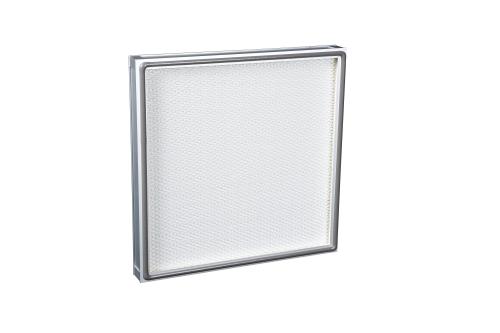Dust holding capacity refers to the amount of dust a filter can capture and store before reaching its maximum allowable resistance. The size of the dust holding capacity directly impacts the filter's efficiency and service life. For G4 primary air filters, a higher dust holding capacity indicates better filtration performance. This enhances the prevention of particulate matter from entering the airflow, ensuring clean air quality in cleanrooms and HVAC systems.

The filter media of G4 primary air filters is typically made of a fibrous web structure. The fineness, arrangement, and pore size of the fibers directly influence the dust holding capacity. Generally, finer fibers and smaller pores result in higher dust holding capacity.
Material density is determined by the size and arrangement of fibers. Higher density reduces the gaps between fibers, leading to increased dust holding capacity.
The thickness of the G4 primary air filter also plays a role in its dust holding capacity. Typically, greater thickness results in higher dust holding capacity and improved filtration efficiency.
4. Airflow Speed and Operating Environment:
Higher airflow velocities may reduce the dust holding capacity of G4 filters, while environments with higher dust concentrations can accelerate filter saturation.

The dust holding capacity of G4 primary air filters determines their widespread use in cleanrooms and ventilation systems. Common application scenarios include electronics factories, pharmaceutical plants, hotels, and office buildings, where maintaining low particulate matter levels in the air is essential for providing a clean and healthy environment for work and living.
By gaining a deeper understanding of the dust holding capacity specifications of G4 primary air filters, appropriate material types and models can be selected to meet specific requirements and achieve optimal filtration performance. Regular replacement and maintenance of filters are also crucial for ensuring air quality, extending filter lifespan, and enhancing filtration efficiency.